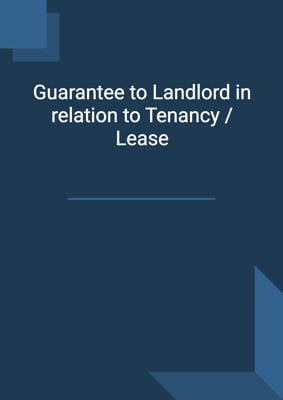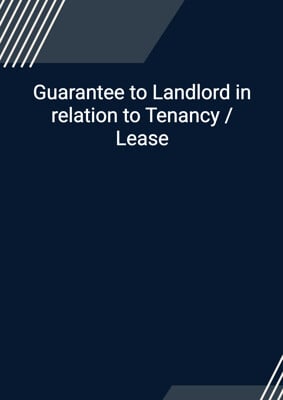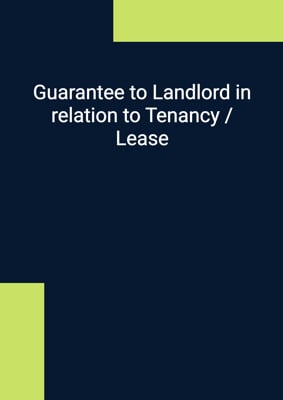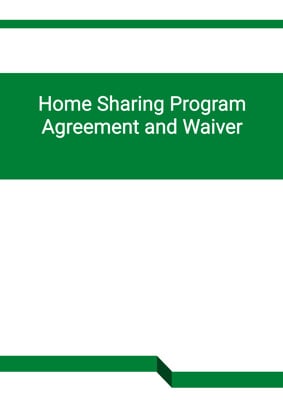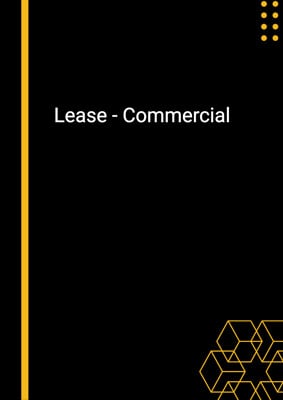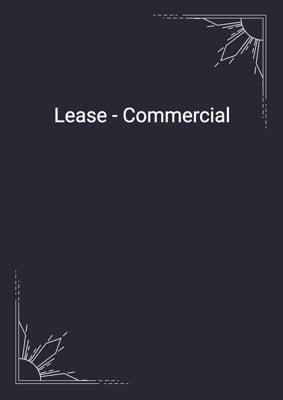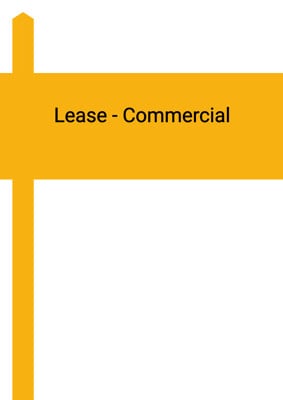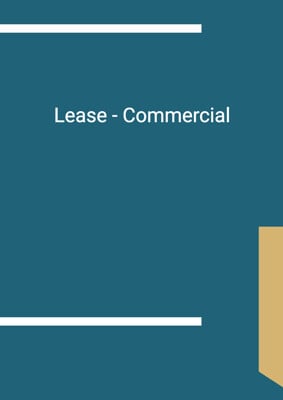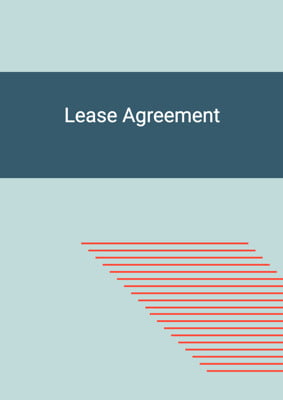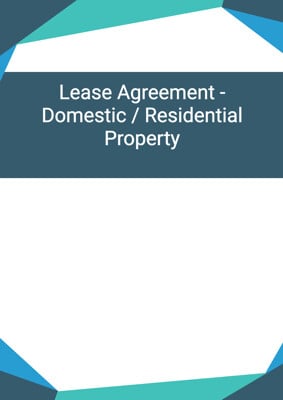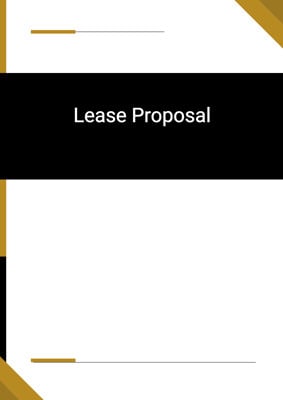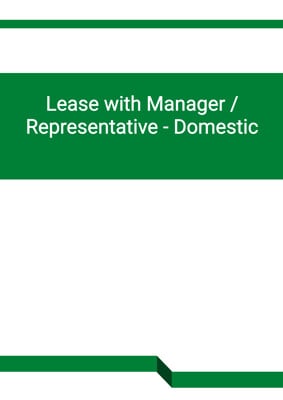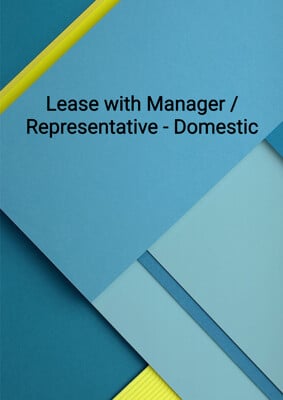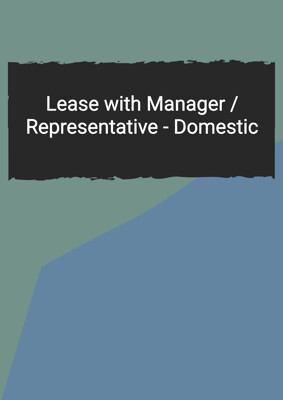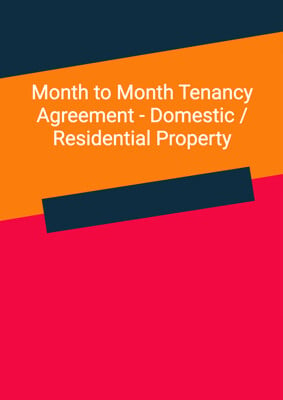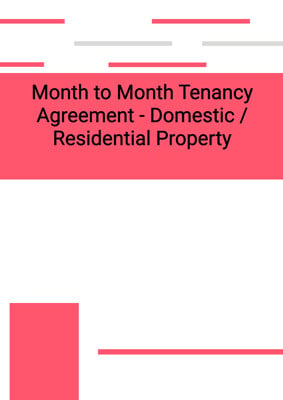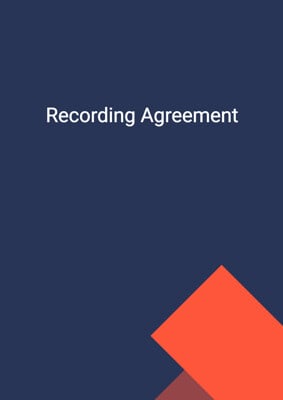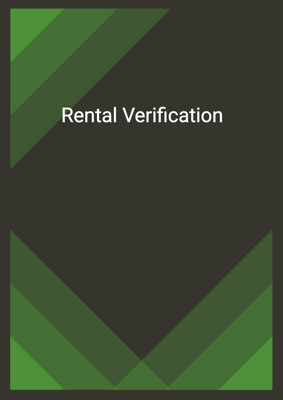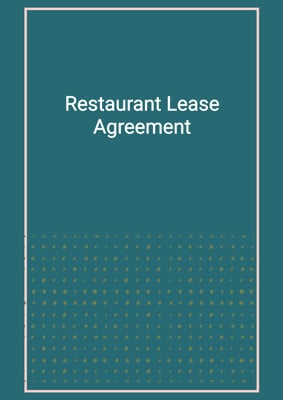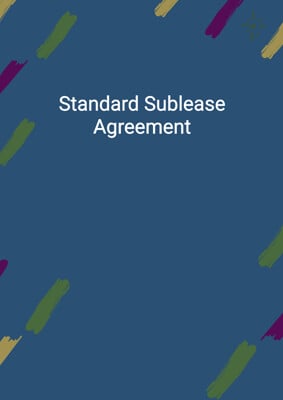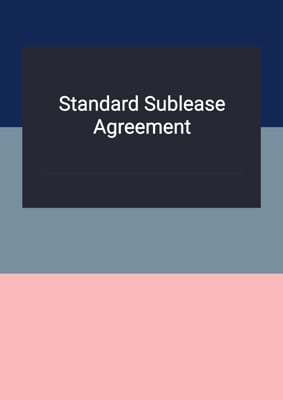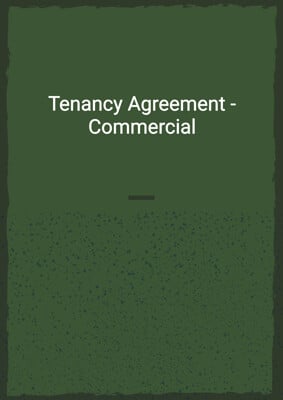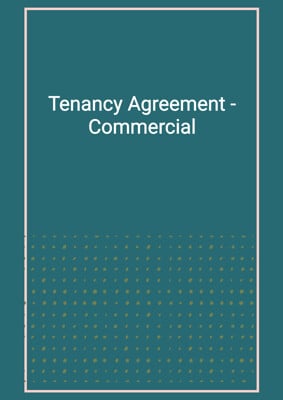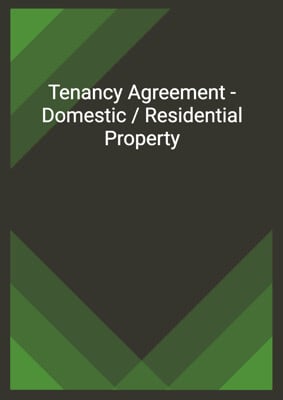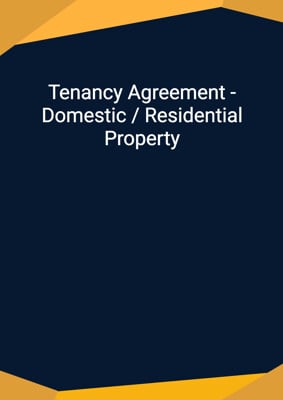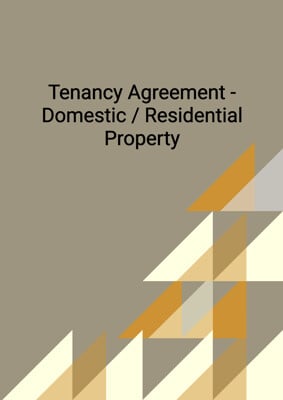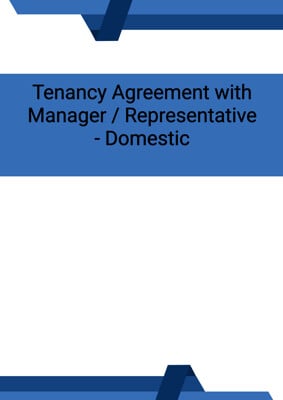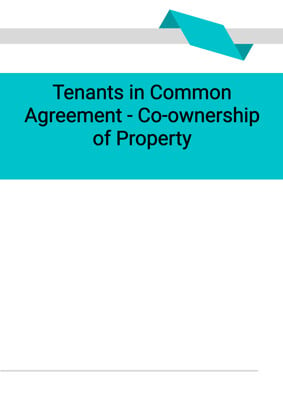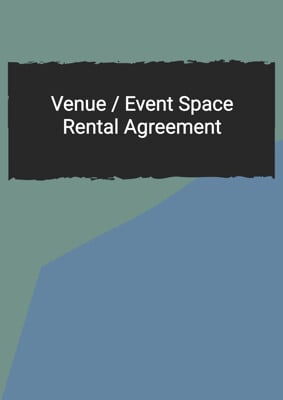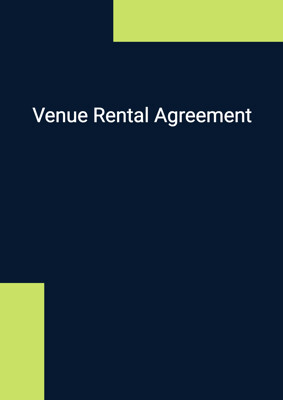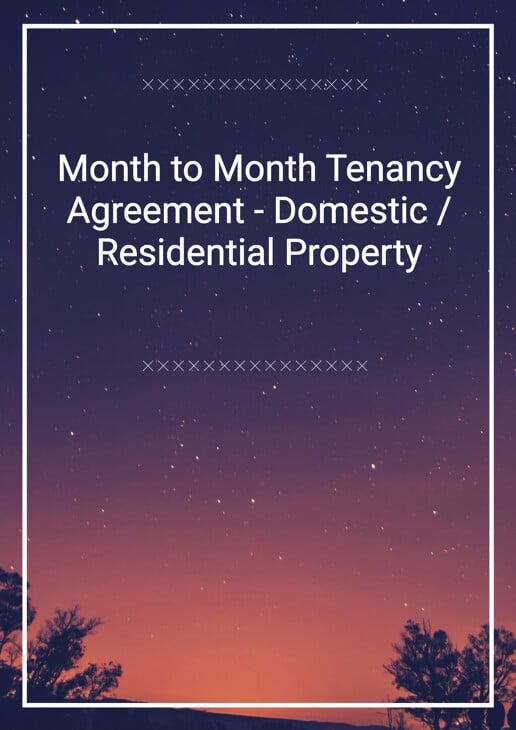
Month to Month Tenancy Agreement - Domestic / Residential Property
Tenant
Month to Month Tenancy Agreement for the lease of residential property with options to terminate by giving 30 and termination by the Tenant in case of transfer / cessation of employment. This is drafted in favour of the Tenant.
How to Tailor the Document for Your Need?
01
Create Document
Fill in the details of the parties. You can click the "Fill with Member’s Information" button to complete it with information saved to your account.
02
Fill Information
Please fill in any additional information by following the step-by-step guide on the left hand side of the preview document and click the "Next" button.
03
Get Document
When you are done, click the "Get Document" button and you can download the document in Word or PDF format.
04
Review Document
Please get all parties to review the document carefully and make any final modifications to ensure that the details are correct before signing the document.
Document Preview
Document Description
The Month to Month Tenancy Agreement - Domestic / Residential Property is a legal document that outlines the terms and conditions of a rental agreement between a landlord and a tenant. This agreement is important as it establishes the rights and responsibilities of both parties, ensuring a smooth and fair rental experience.
The entire document is divided into several sections, each addressing specific aspects of the tenancy agreement. The first section, titled 'Tenancy,' outlines the agreement to lease the premises to the tenant for residential purposes. It specifies the address of the premises and the total area.
The second section, 'Term of Tenancy,' states that the agreement will commence on a specific date and continue on a month-to-month basis. It also mentions the landlord's right to take back the premises on termination of the tenancy, provided the tenant has fulfilled their obligations.
The third section, 'Rent,' details the payment terms. It states that the rent is payable on a period basis and includes the charges for furniture, appliances, and other items listed in the schedule. The tenant is responsible for paying charges for water, electricity, gas, telephone, and other outgoings.
The fourth section, 'Deposit,' explains the requirements for the security deposit. It states the amount payable and the conditions under which the deposit may be retained by the landlord.
The fifth section, 'Other Charges,' outlines the tenant's responsibility for paying charges related to water, electricity, telephone, internet, gas, and heating fee. It also specifies the payment responsibilities for management fees, government rates and rent, and property tax.
The sixth section, 'Landlord's Responsibilities,' details the obligations of the landlord. These include ensuring the premises' legality, maintaining the premises and its facilities, and providing necessary utilities and services.
The seventh section, 'Tenant's Responsibilities,' outlines the tenant's obligations, such as paying rent and charges, keeping the premises in good condition, and complying with laws and regulations.
The eighth section, 'Termination and Renewal,' explains the conditions under which either party can terminate the agreement and the procedures for renewal.
The ninth section, 'Premises Unfit for Occupation,' addresses the situation where the premises become unfit for use or occupation due to damage or other causes beyond the landlord's control.
The tenth section, 'Miscellaneous,' includes general provisions such as the entire agreement, waiver of breach, and notice and service requirements.
The document concludes with the signatures of the authorized representatives of both parties.
Each section of the document provides specific details and requirements to ensure a clear understanding of the rights and responsibilities of both the landlord and the tenant.
How to use this document?
1. Enter the names and addresses of both the landlord and the tenant in the agreement, ensuring clear identification of both parties.
2. Specify the agreed price and completion date of the work to be carried out by the Contractor. This will ensure that both parties are aware of the expectations and deadlines.
3. Clearly describe the type(s) of services to be provided by the Contractor. This ensures that both parties are aware of the scope of work and can avoid any misunderstandings.
4. Agree on the length of the warranty and time of payment after the completion of the work. This ensures that both parties are aware of the payment terms and the length of the warranty.
5. If the work is not completed by the completion date, specify the amount of damages per week that the Customer is entitled to. This ensures that both parties are aware of the consequences of non-completion.
6. Ensure that both parties understand and agree to the terms and conditions of the tenancy agreement before signing.
7. Pay the rent and other charges on time and in the manner specified in the agreement.
8. Keep the premises in good and tenantable condition, making any necessary repairs or maintenance.
9. Comply with all laws, regulations, and rules pertaining to the premises and the tenancy.
10. Obtain written consent from the landlord before making any alterations or additions to the premises.
11. Promptly notify the landlord of any loss or damage to the premises and allow access for repairs.
12. If either party breaches the agreement, follow the procedures outlined in the agreement for resolving the issue.
13. If the tenant wishes to extend the lease, provide the landlord with a written notice at least two months in advance.
14. If the tenant needs to terminate the agreement due to transfer or cessation of employment, provide the landlord with a written notice of at least thirty days or pay one month's rent in lieu of notice.
15. If the premises become unfit for occupation, notify the landlord and cease paying rent until the premises are rendered accessible.
16. If any disputes arise, attempt to resolve them amicably and in good faith. If necessary, seek legal advice and follow the procedures outlined in the agreement for dispute resolution.
17. Ensure that all notices and communications are properly served according to the specified methods and timelines in the agreement.
18. Keep a copy of the signed agreement for future reference and documentation.
Not the right document?
Don’t worry, we have thousands of documents for you to choose from:




